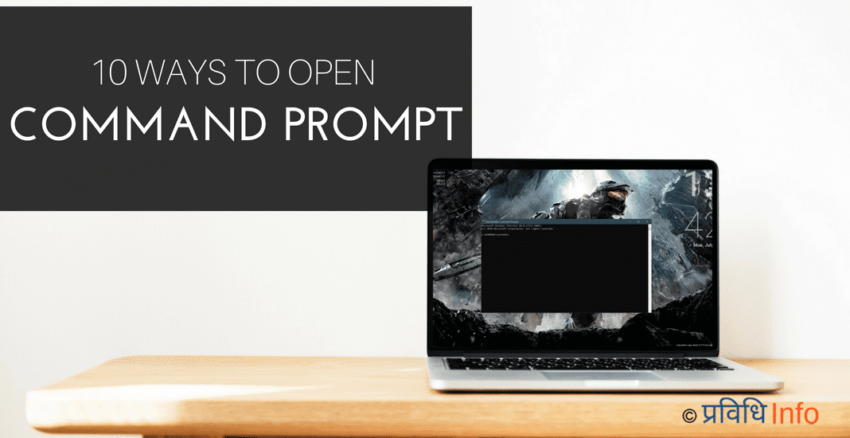
Command Prompt has always been the first choice of Windows power users and programmers to access the soul of the Windows. So, how about give a try learning the cool ways to open Command Prompt in Windows?
1. Launch Command Prompt using Windows Search (works in Windows 10, Windows 8.1 and Windows 7):
Obviously, the easiest way to launch any programs on Windows is, simply give the name of the program a search and viola there the program displays!
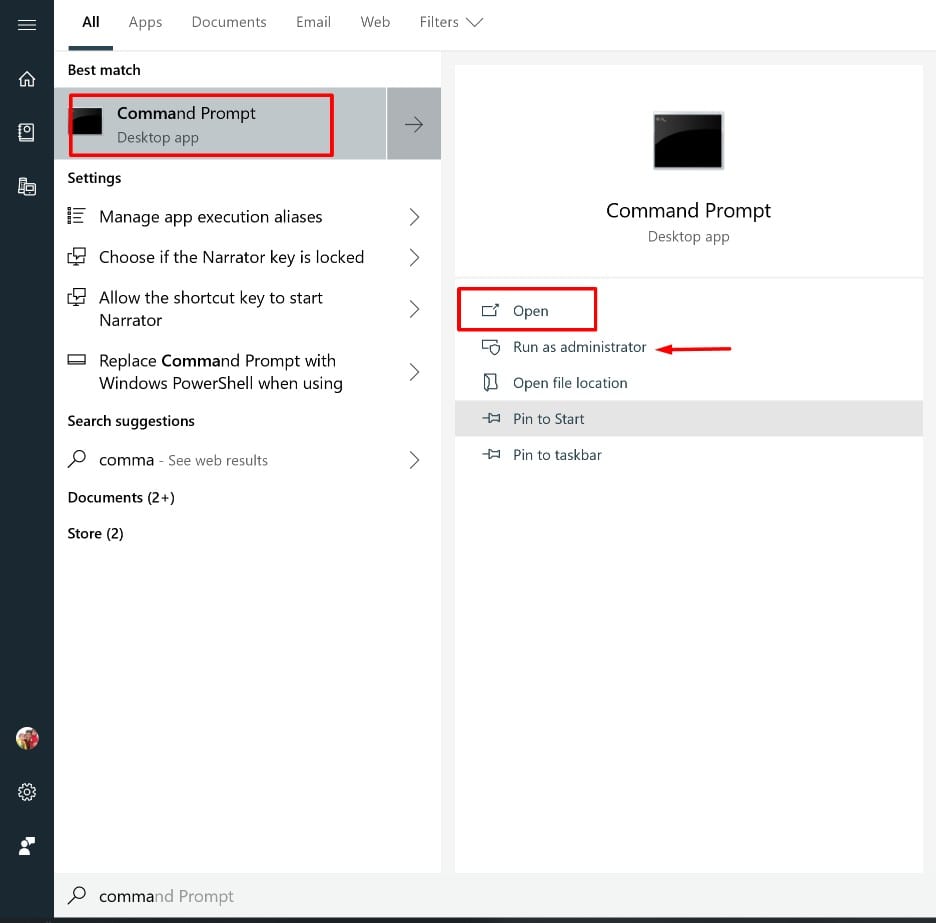
So, Press the Windows/Flag key to open the “Start Menu” and start typing “command” or simply type “cmd” and press enter.
2. Open Command Prompt from Windows Run (works in Windows 10, Windows 8.1 and Windows 7):
Yup, another simple way to open Command Prompt.
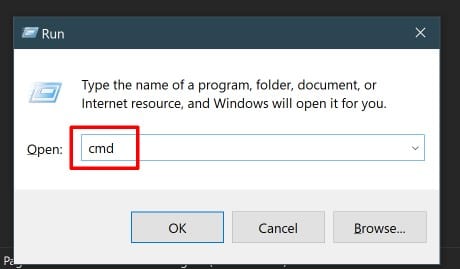
Just open Run (Windows Key + R) and type “cmd” or “cmd.exe” and press Enter or click on “OK” button. Simple as that.
3. Launch Command Prompt using your voice via Cortana (works in only Windows 10):
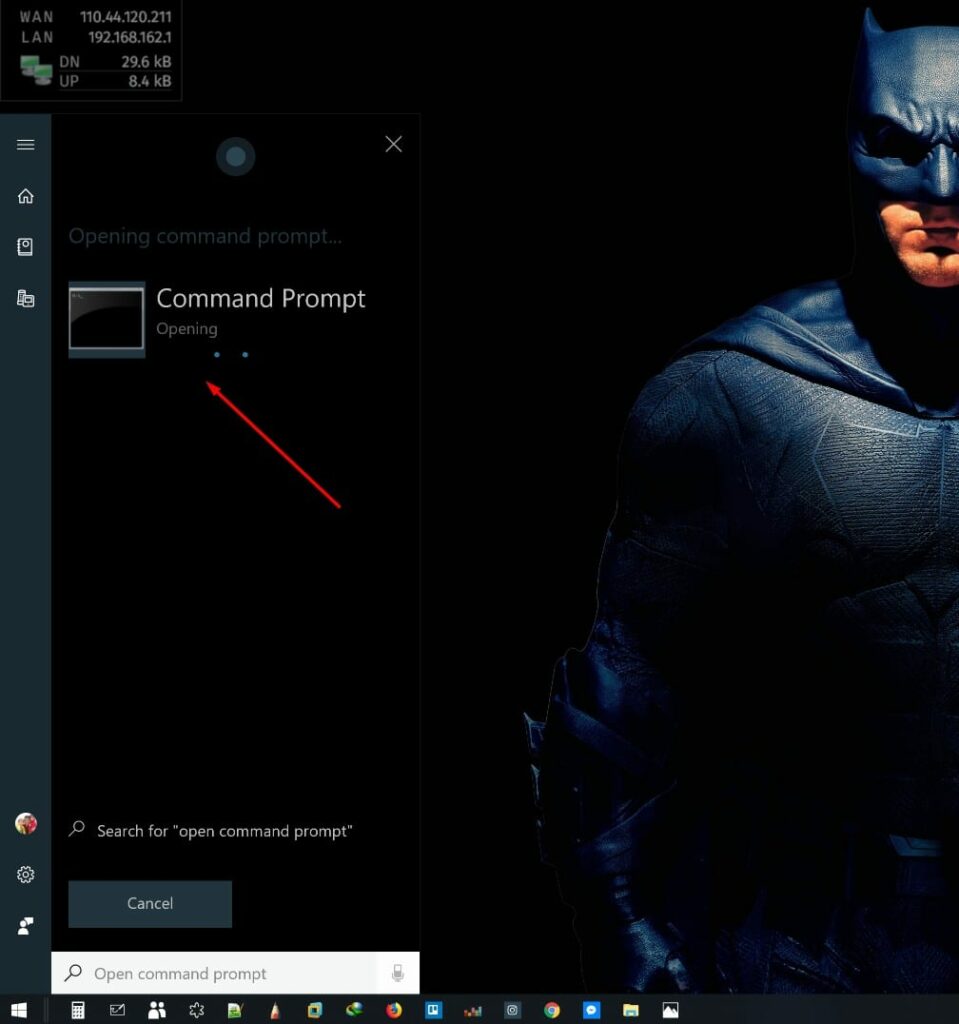
With Cortana, Windows 10 has become powerful than ever. You can ask Cortana to do a certain task by saying “Hey Cortana” and followed by what task to do. So, to open Command Prompt, just say “Hey Cortana” and “Open Command Prompt”.
4. Open Command Prompt from the File Explorer (works in Windows 10, Windows 8.1 and Windows 7):
Open File Explorer (Windows + E), then follow the path or simply copy paste the path “C:\Windows\System32”. Scroll and find “cmd.exe” file, double click on the file, or right click on the file and select “Run as administrator” to open Command Prompt as an admin.
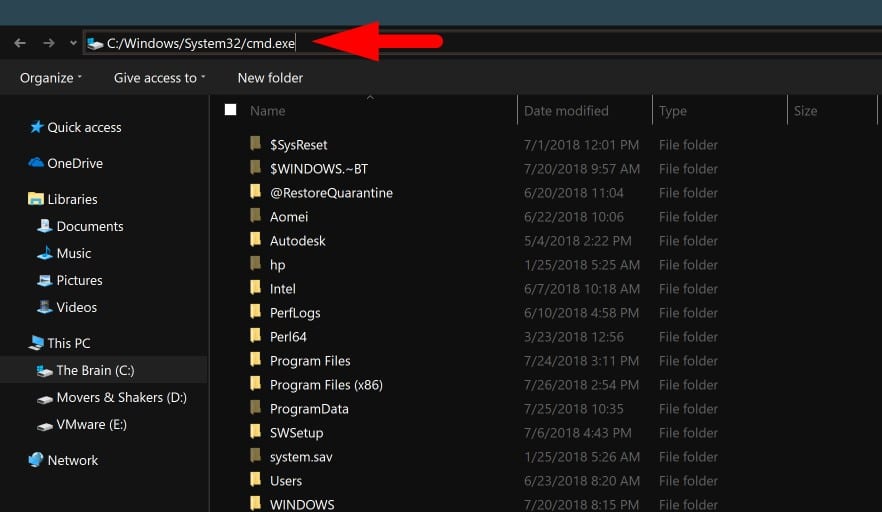
5. Use Microsoft Edge or Internet Explorer to Open Command Prompt (works in Windows 10, Windows 8.1 and Windows 7):
Yeah, yeah, there anyone hardly in this world using Windows’ browsers! But Windows has made its browsers quite a versatile. So, if you were to open Command Prompt using Microsoft Edge or Internet Explorer, type C:\Windows\System3 in the URL bar, and press Enter.
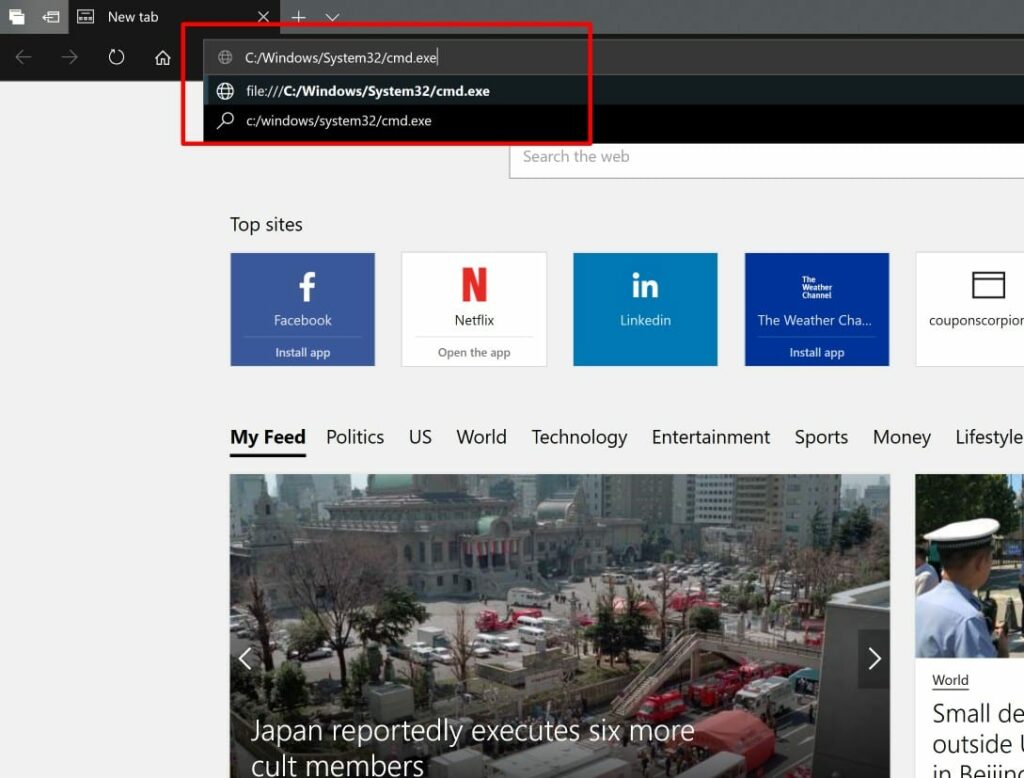
Maybe you want to check out:
- Top 10 Websites to legally download Paid Software for FREE!
- 6 Legitimate Ways to Get Microsoft Office for FREE!
- Top 4 FREE Software to Make Bootable USB Pendrive
6. Launch Command Prompt using “Power User” Menu (works in Windows 10, Windows 8.1):
Like the name suggests, “Power User” menu is somewhat dedicated to the windows’ power users. The “Power User” made its first debut on Windows 8.1 and available for Windows 10 too. The “Power User” menu has a list of the most essential programs, making accessing them pretty easy and quick!
So, to access the “Power User”, simply press Windows Key + X or right-click the windows
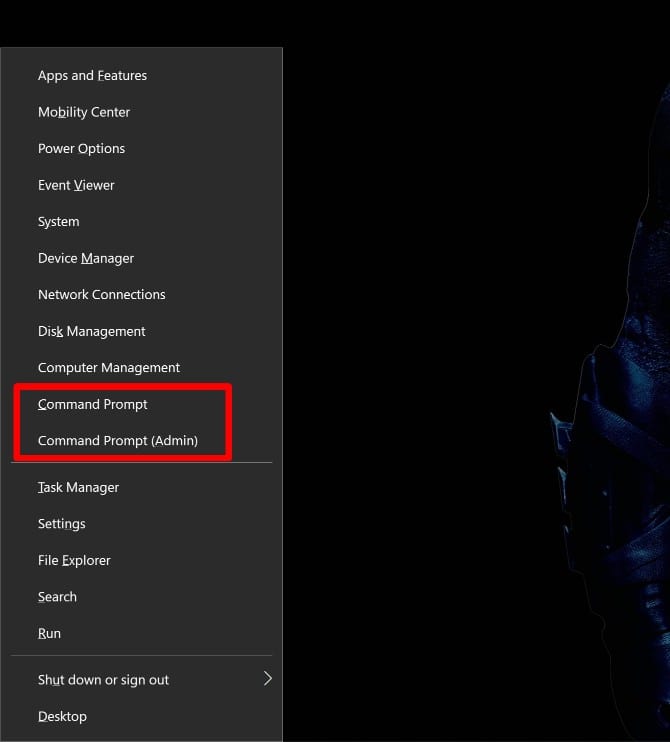
logo button on the taskbar on the bottom-left corner of your taskbar.
The Windows 8.1 and before the Creators Update of Windows 10, the power user menu had two options to run “Command Prompt” as a normal user or “Command Prompt” as an Admin privilege.
After the Creators Update of Windows 10, the “Command Prompt” shortcuts were replaced with “PowerShell” shortcuts. However, you still can configure to make power user menu show the Command Prompt shortcuts. Here’s the way to do it: How to add Command Prompt back in the Power User menu in Windows 10!
7. Open Command Prompt using Task Manager (works in Windows 10, Windows 8.1 and Windows 7):
Open Task Manager, and select “File” Menu and select “Run New Task”. Type “cmd” or “cmd.exe”, then press enter to open the regular Command Prompt. However, to open the Command Prompt with an administrative privilege, check the box “Create this task with administrative privileges”
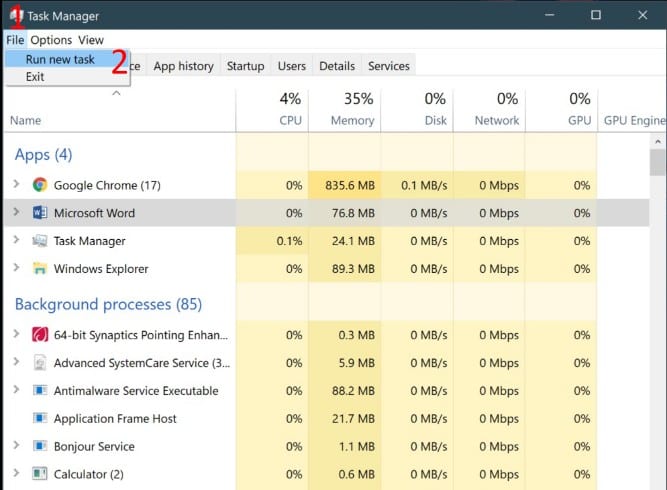
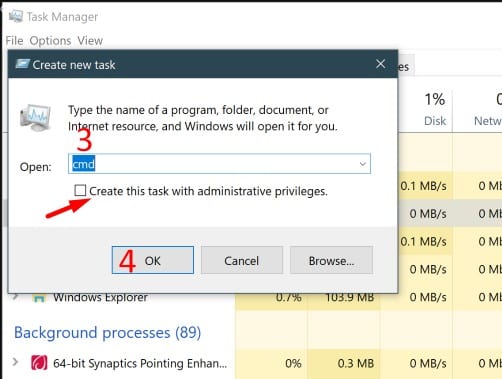
8. Launch Command Prompt from the File Explorer Address Bar (works in Windows 10, Windows 8.1 and Windows 7):
Open the File Explorer (Windows Key+ E), click on the address bar and type “cmd” and press Enter.
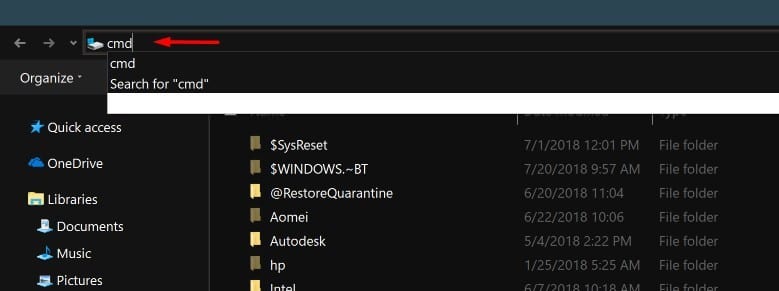
9. Open Command Prompt within the same folder (works in Windows 10, Windows 8.1 and Windows 7):
- Open Command Prompt from the File Explore File Menu: Open the File Explorer, select the “File Menu” from the top-left corner, and choose either “Open Command Prompt” option or “Open Command Prompt as administrator” within the opened folder with or without administrative privileges!
- Shift + Right click on the empty spot of the same opened folder, and choose “Open Command Window here” from the context menu!
10. Launch Command Prompt by Creating a Shortcut (works in Windows 10, Windows 8.1 and Windows 7):
- Go to any folder or Desktop
- Right click on the empty section and select the option “New”
- Choose “Shortcut”
- Type “cmd.exe” in the text field
- Type any suitable for the app, or simply use “Command Prompt” and Select “Finish”
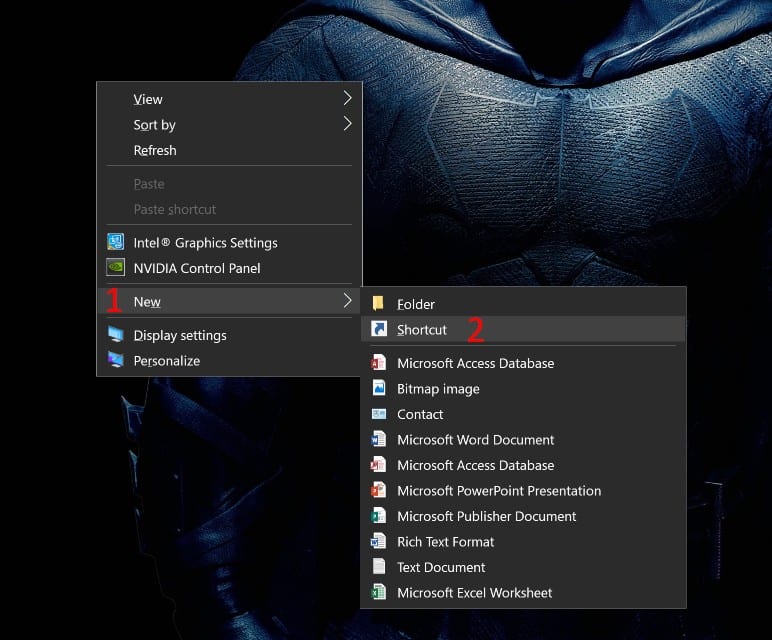

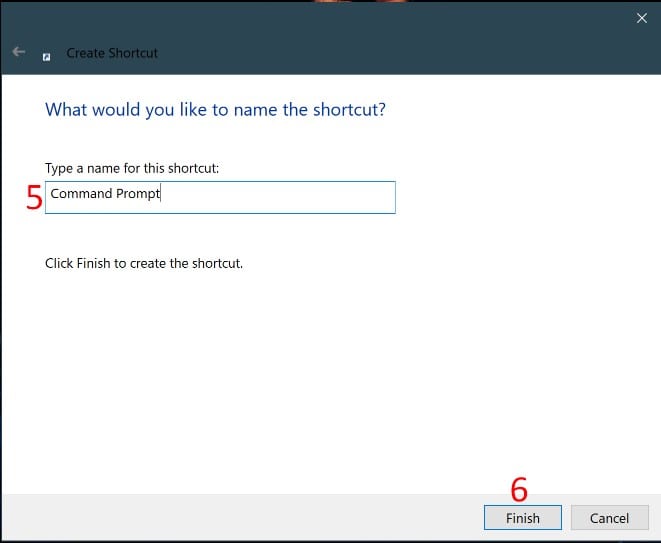
To give this Command Prompt Shortcut an admin privilege,
- Right click on the shortcut created file, and choose “Properties” option from the context menu.
- Click on the “Advanced” option, and check the “Run as Administrator” box.
- And Click on the “OK” button.
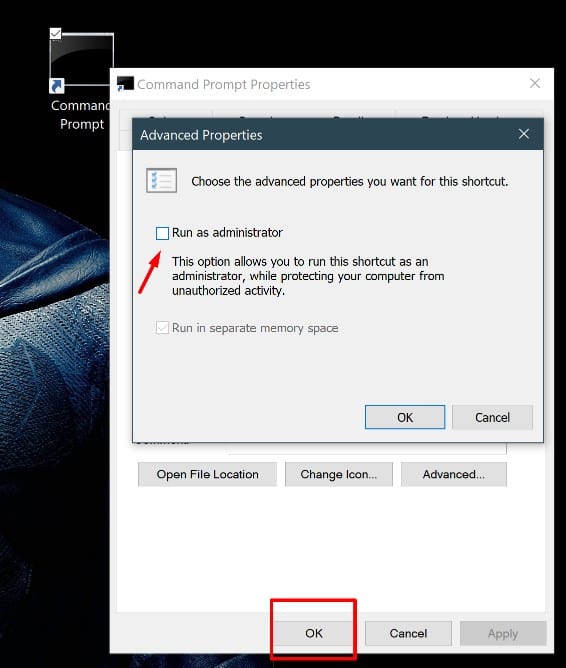
You can always reach us out at Prabidhi Info Facebook and Twitter for any tech-related support and queries!












